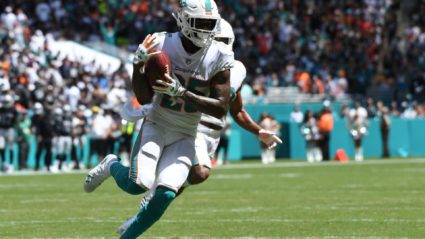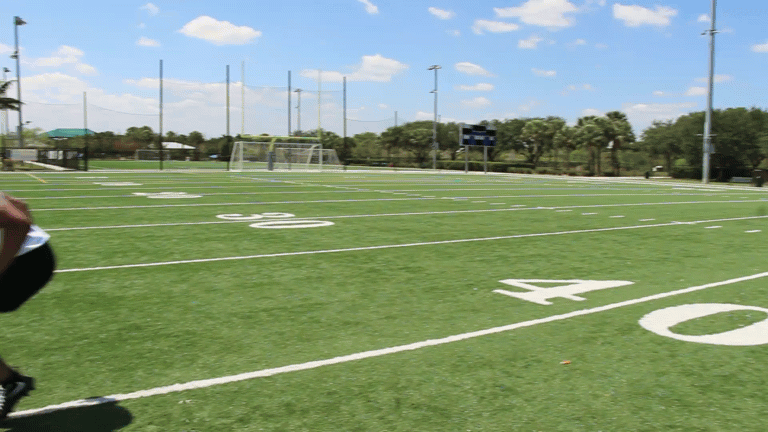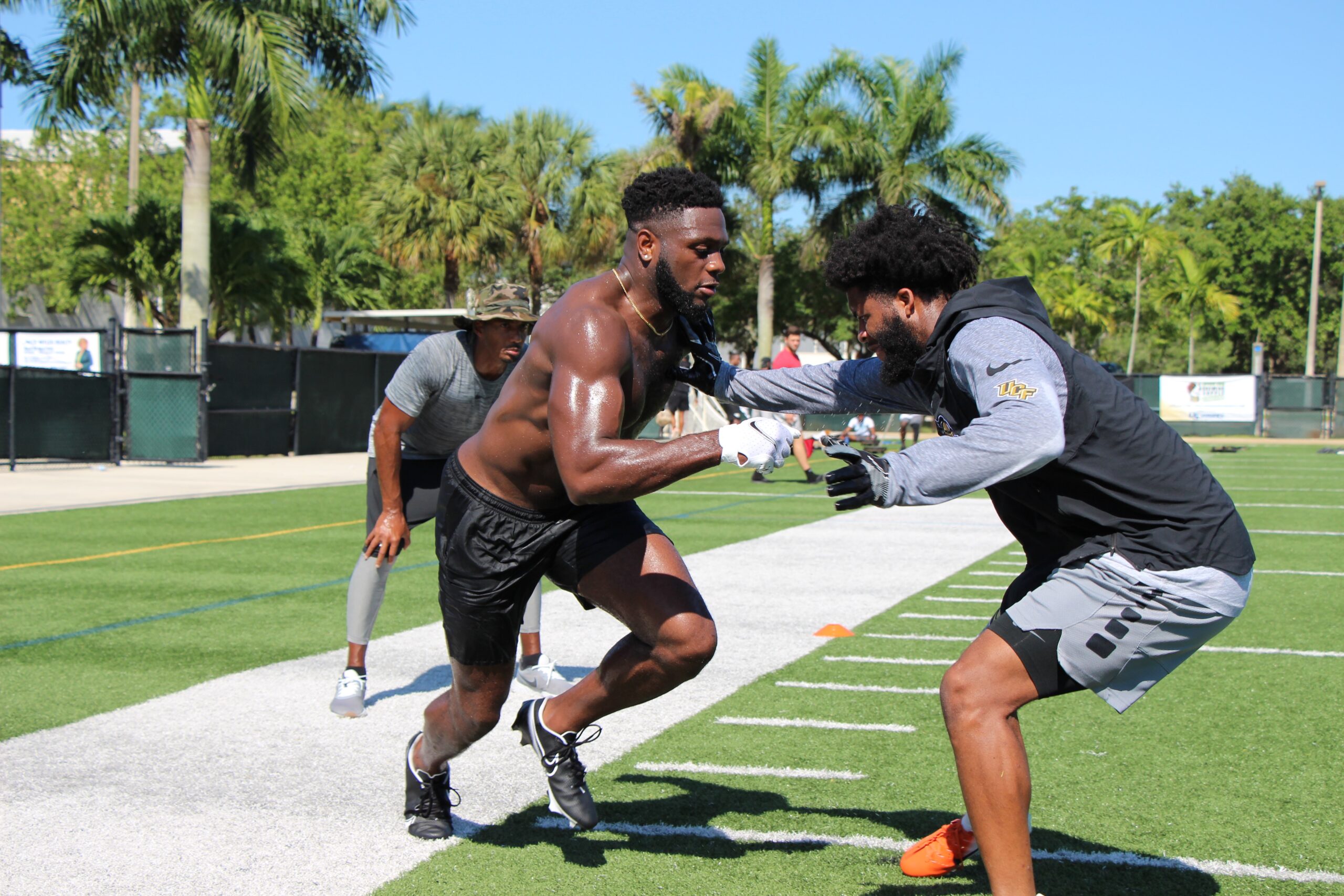
Chad Wilson
October 2, 2025
The off-season is over. You’ve put in the work, you’ve honed your strengths, and you feel ready to dominate. But for elite defensive backs, the work doesn’t stop once the season kicks off. In fact, if you stop improving, you risk becoming a major liability when the games matter most.
I am going to break down why continuous in-season improvement is critical, and how failing to fix your “warts” can be exploited by the competition.
The Danger of the In-Season Plateau
Many players treat the season as a maintenance period, relying solely on the work they put in during the spring and summer. As Wilson warns, don’t think that all of your off-season work is just going to last you for 15, 20, 25 weeks [01:19].
While you should always continue to sharpen your strengths (like a dominant press-man technique) [01:49], you must dedicate time to working on the things in your game that aren’t necessarily that good [02:05].
Why Weaknesses Show Up When It Counts
Your defensive “warts”—the things you struggle with, that your coach keeps talking to you about—really do have a way of showing up in those crucial games [02:46].
These weaknesses don’t just appear out of nowhere; they are deliberately targeted by opponents. Teams are studying you [03:36]. By mid-season, they have had a chance to see you on multiple occasions not being able to do something.
If you have a problem with tackling or getting off blocks, by six, seven, eight, nine weeks into the season, opposing offensive coordinators will realize it. They will say, “We need to attack him… let’s start running some of our screens or toss plays to his direction” [04:06].
If you don’t drop some kind of ointment on those warts, they can get really, really huge at a time you don’t need them to be around—in the rivalry games, the playoffs, or even the championship [03:08].
Your In-Season Checklist: How to Close Out Your Holes
You can avoid a late-season nightmare by spending time pre-practice, post-practice, or even during practice closing out those holes [04:48]. Take a real evaluation and checklist of your game and address these potential weaknesses:
- Tackling and Getting Off Blocks: If you can’t go full speed in practice, focus on honing your technique, such as using your near leg and shoulder, or perfecting the wrap-up [05:09].
- Playing the Deep Ball: If you struggle to judge the flight of the ball, you need to start hitting some blind ball drills [05:41]. Make the catch at its highest point [06:30] to ensure a receiver doesn’t go up over you and take the ball off your head [06:42].
- Off-Coverage Pedal: A lazy or choppy pedal can cause your cushion to close too fast, forcing you to make very difficult breaks on simple routes [07:12]. Five to ten minutes of working on your pedal each and every day will result in better plays and allow you to stay square and get better breaks [07:27].
- Getting Out of Breaks: If you are “lax” getting out of breaks, if you slip, or if it takes too many steps, you could face a nightmare situation late in the season against a team that runs a lot of short and intermediate routes [08:04].
Finding the Extra Time to Work
The season is demanding, but you can find the five to ten extra minutes needed to improve:
- Pre-Practice: Cut down on wasted chatter in the locker room, or lay out your gear the day before so you can get out on the field a little sooner for extra work [08:56].
- Post-Practice: Don’t be the first guy into the locker room. Your ride will wait for you. That is where you find the time [09:17].
- Downtime in Practice: Utilize any period where the starters are off the field (scout team, special teams you are not involved in) to spend five to ten minutes closing a hole on your checklist [09:28].
The Recruiting Factor: College Coaches Look for Improvement
For underclassmen starting to get recruiting attention, it’s vital to continue improving. College coaches are not just interested in you; they are fully aware that you’ve got two or three more years left to play, and what they definitely want to see is improvement [11:04].
If you look as a junior like you did as a freshman, you will quickly fall off the radar. Coaches forecasted an improved player as a junior or senior [11:31]. If you don’t continue to improve, their thought process flips around to, “that guy peaked as a freshman” [12:17]. Don’t be the player with holes in his game who decided to not try and improve [12:38].
Resource for Coaches: If you’re a new coach who feels overwhelmed, the All Eyes DB Camp members area has resources—quizzes, coverage explanations, technique breakdowns, and strategy sessions—to help you get your guys in the right position to make plays.
Watch the full video here: How DBs Turn Weakness into Strength •DB Tip Clips
Chad Wilson is the owner of All Eyes DB Camp and author of "101 DB Tips". He played college football at the University of Miami and briefly in the NFL for the Seattle Seahawks. Over his 15 year high school football coaching career, he tutored over a dozen Division I defensive backs and as a trainer has worked with NFL All Pros, first round draft picks, college football All Americans and Top 10 ranked high school football prospects.










